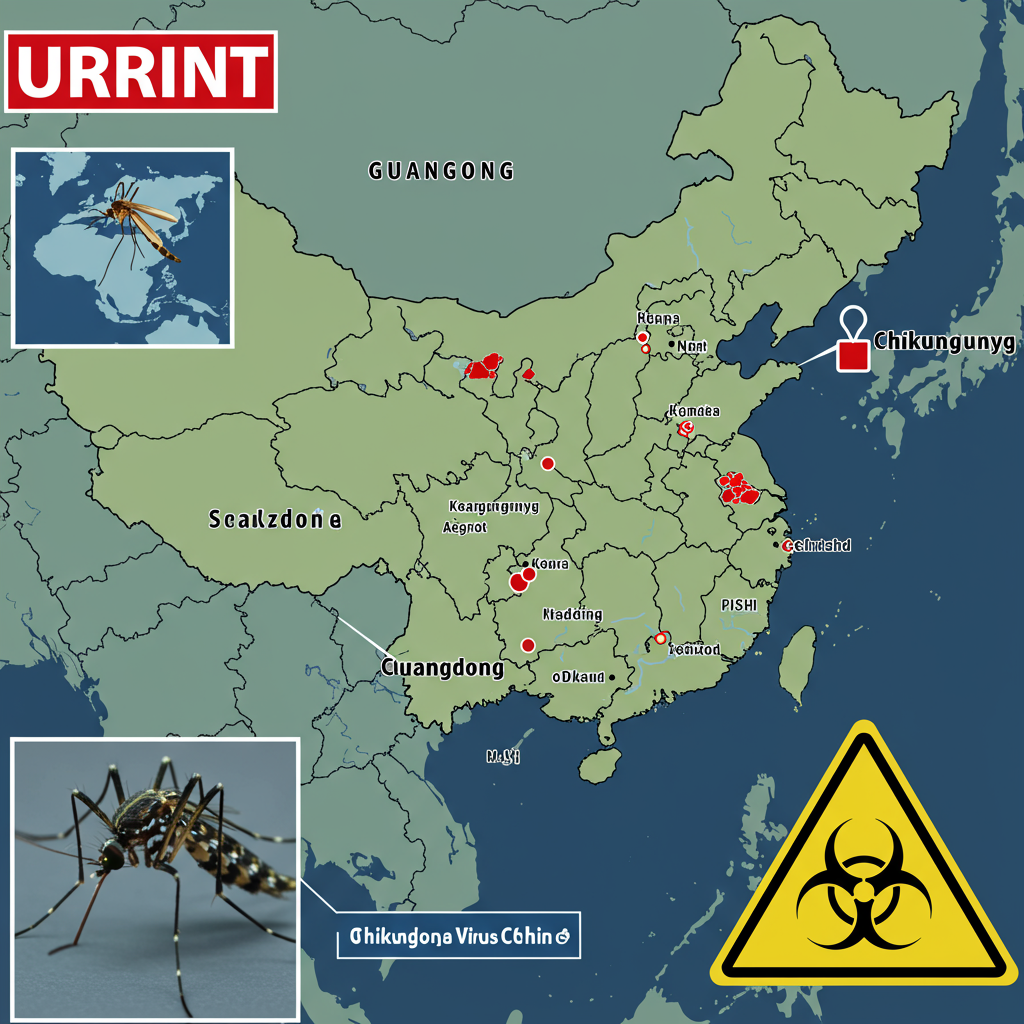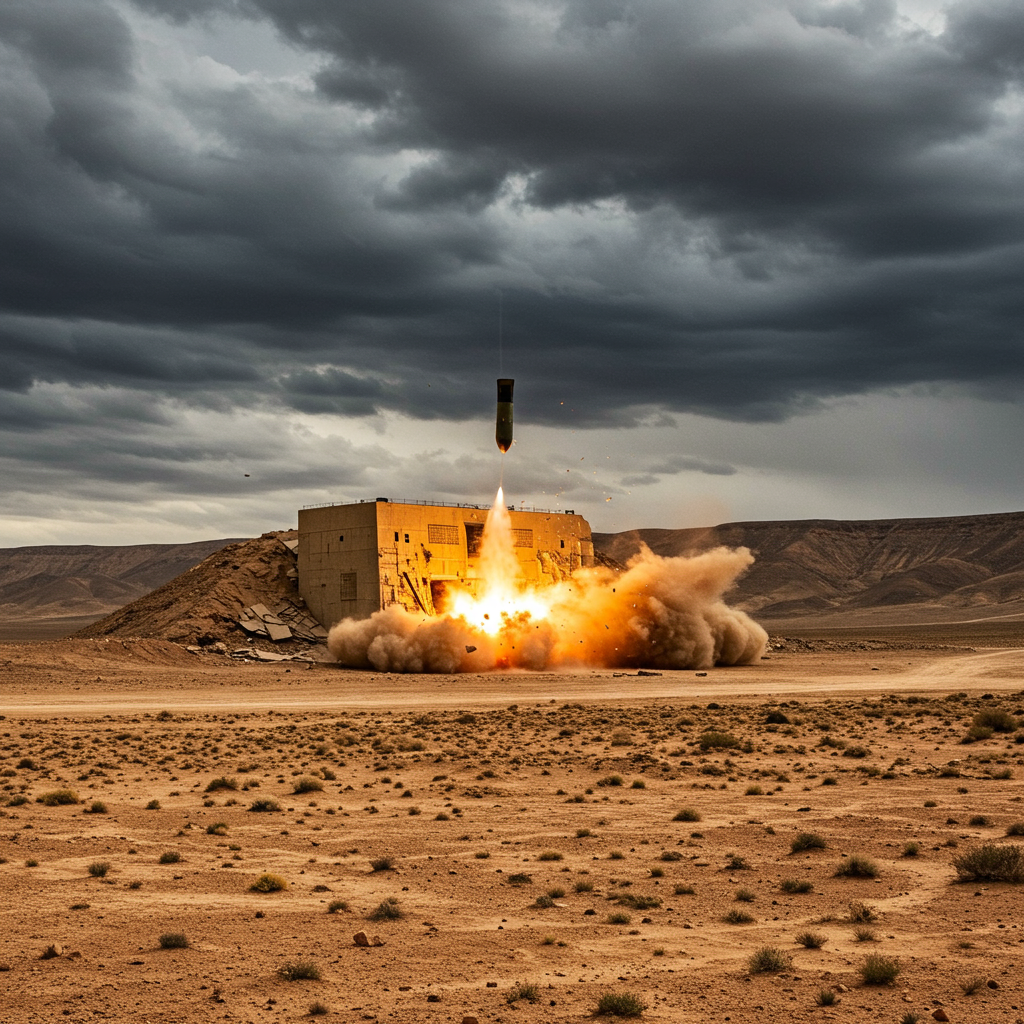For over three decades, Iran meticulously constructed a vast network of proxy forces, strategically pushing conflicts beyond its own borders. This approach, designed to shield the nation and consolidate Supreme Leader Ayatollah Ali Khamenei’s authority, fostered a pervasive belief that direct strikes against Iran itself were practically unimaginable.
This perception of invincibility dramatically dissolved on June 13. In a surprise, unprecedented attack, Israel launched deep strikes inside Iranian territory. The assault inflicted significant damage, targeting key military leaders and prominent nuclear scientists – some reportedly killed in their homes alongside their families. The human cost was substantial, with health officials reporting 627 fatalities, including numerous women and children. The US later joined the campaign with strikes on three nuclear sites before a ceasefire was declared.
A Regime Wounded and Reshaping
The attack has profoundly impacted Tehran’s sense of security, unraveling its carefully cultivated image of strength. Many observers, both within Iran and internationally, fear that the leadership – its pride wounded and defenses breached – may respond by tightening its grip domestically and adopting a more aggressive stance in both internal and foreign policy.
While Israel and the US had reportedly considered regime change as a potential outcome, the lack of a popular uprising allowed the Iranian leadership to claim victory. The regime has demonstrated resilience, quickly replacing fallen officials and launching a severe crackdown on individuals perceived as collaborating with Israel’s assault. State-affiliated media reported hundreds of arrests of people accused of being “mercenaries.”
Signs point to a regime becoming increasingly paranoid, likely ruling with a firmer hand at home due to fears of internal cooperation with external adversaries. This fear of infiltration and potential purges at the highest levels is expected to bolster hardline factions.
Political Shifts and Public Anxiety
The attack occurred just after Iran elected reformist President Masoud Pezeshkian, who had campaigned on a platform of dialogue with foreign powers to address domestic challenges. For many Iranians, Pezeshkian represented a potential path toward a nuclear deal with the West and greater international integration.
During the 12-day conflict, Iran retaliated against Israel, causing damage and casualties. While this ability to strike back garnered some nationalist support even among those critical of the government, many Iranians are deeply concerned about the future. Fears are growing of an imminent crackdown on reformists and those advocating for change as the regime seeks to eliminate perceived collaborators.
Iranians who spoke out expressed a complex mix of nationalistic solidarity against the external attack and profound anxiety about the potential for increased domestic repression. While some acknowledged the government’s handling of the immediate conflict, they questioned the long-term cost and the fate of the reform movement. Experts echo these concerns, suggesting a “wounded regime” is likely to further restrict political and civic space.
The attacks have significantly strengthened the position of conservatives and hardliners who have consistently argued that diplomacy with Western nations is ineffective and that Iran must rely on its own military strength. Reformist voices advocating engagement with the West are becoming increasingly marginalized in this climate. While hardliners appear set to dominate in the short term, experts note this could shift depending on the broader outcomes of the conflict and potential future diplomatic efforts.
Questioning the Supreme Leader’s Authority?
Ayatollah Ali Khamenei, the Middle East’s longest-serving leader, has ruled Iran for over 35 years, consistently suppressing dissent. As the ultimate authority, he shapes much of the country’s policy.
Despite the show of national unity during the conflict, some experts believe frustration with Khamenei may be simmering. His perceived caution when boldness was needed and vice-versa, particularly in failing to deter the Israeli attack, is seen by some as having undermined Iran’s deterrence capabilities and left the country vulnerable. His decisions, including inflexibility in negotiations, may face scrutiny once the immediate crisis subsides, potentially raising questions about the long-term role of the Supreme Leader.
The Islamic Revolutionary Guard Corps (IRGC), an elite military wing, is anticipated to gain further power and push for a more entrenched, militarized domestic sphere, potentially even pursuing nuclear weapons as a deterrent.
The fate of President Pezeshkian and the reformist camp remains uncertain. While the Supreme Leader was reportedly out of public view, Pezeshkian took a more public role, making statements and attending an anti-war protest. However, public anger is also directed at the current government, with some blaming them for the crisis.
A Shift in the Social Contract
Experts agree that the shattering of the regime’s aura of invincibility will fundamentally alter Iran. However, the exact trajectory of this change remains uncertain, dependent on the actions of both the Iranian leadership and foreign powers.
Crucially, for the Iranian people, the fundamental social contract appears broken. For decades, the regime effectively traded personal freedoms for a promise of security within the nation’s borders. That sense of safety has now been demonstrably shattered in the eyes of many Iranians. While the regime may not be easily overthrown, its core bargain with society has been fundamentally challenged.



